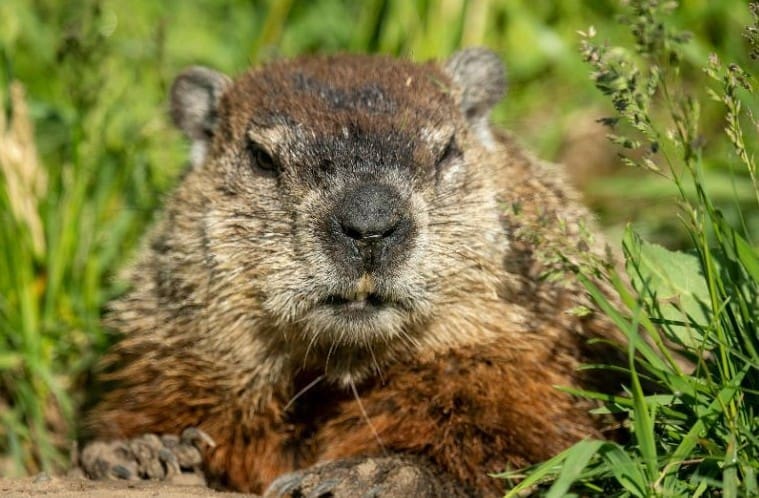Image courtesy Canva
Groundhogs, known by many names including woodchuck, land beaver, and whistle pig, can be a major nuisance for both farmers and home gardeners. These herbivores feed mainly on broadleaf plants, particularly leafy greens, and also enjoy root vegetables like carrots. Their appetite for garden crops often puts them at odds with people trying to grow food.
They’re also known to cause significant damage in agricultural settings, especially in hay meadows. In towns, they may dig under sheds, sidewalks, or foundations, and create burrows beneath wood and rock piles or fences. In addition to being skilled diggers, groundhogs are also surprisingly good climbers.
To manage groundhogs, raccoon-sized cage traps placed near burrow entrances can be effective. The trap should sit firmly on the ground, and covering it with a tarp may improve success. Overripe fruit, especially bananas, works well as bait. For fencing, experts recommend burying part of the fence and adding a buried horizontal section to prevent digging, with a hot wire on top to stop climbing.
Groundhogs are considered huntable non-game in Kansas, meaning a license is required to trap or hunt them. Always check local regulations before taking action.
Despite the problems they cause, groundhogs play a natural role in the ecosystem. Their digging benefits soil health, and their unique liver function makes them valuable in medical research on liver diseases such as hepatitis and cancer.













